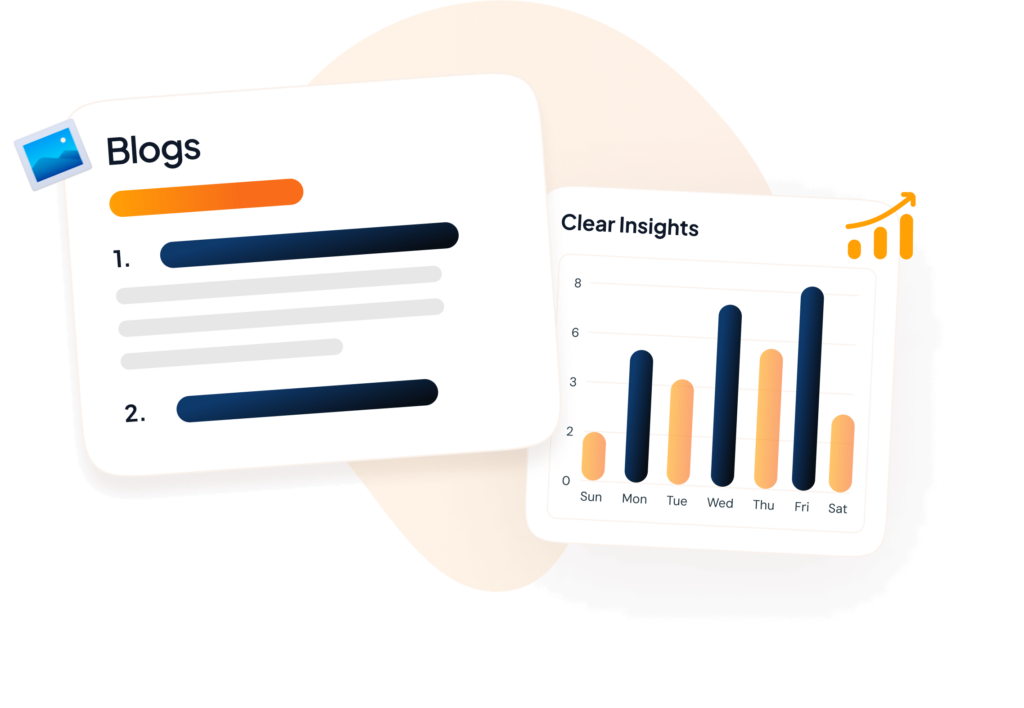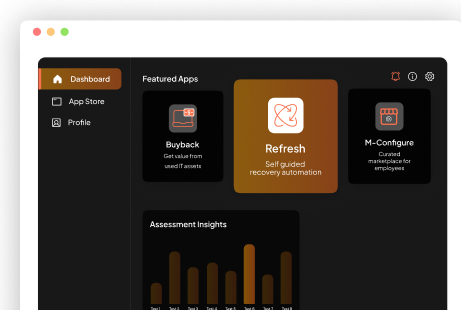Unduit Blog
Discover
Inspiration and Knowledge
Explore expert insights, guides, and tips for IT, HR, company device management, and remote team management on our blog.

Blog Categories
✨ Featured
Predictive asset management is an approach that transforms how enterprises manage their IT assets by leveraging real-time signals from connected devices to predict device failures and optimize performance before any major setbacks occur. By leveraging IoT data and advanced analytics, businesses can reduce downtime, extend asset lifecycles, and cut management costs. Integrating these insights into […]
Unduit Team
✨ Featured
The purpose of logging data is to comply with the regulatory structures such as the GDPR. Logging enables the organization to monitor and audit internal processing within any automated processing system being used. Erasure logging is a necessity for any IT based organization and is only a benefit for it. Once an asset has been […]
Unduit Team
✨ Featured
The growing e-waste crisis affects us all. Old electronics contain harmful materials that can damage our environment when improperly discarded. Meanwhile, data breaches from carelessly disposed devices can lead to serious security problems. Improperly disposed IT assets are security time bombs, 56% of secondhand routers still contain sensitive corporate data. This is where IT Asset […]
Unduit Team
✨ Featured
Managing enterprise devices has never been more challenging. With remote work rising by 400% since 2010 and the average company using over 1,000 devices, IT leaders are under immense pressure to manage devices effectively. From provisioning to secure disposal, every stage of the device lifecycle demands attention. As enterprises juggle smartphones, tablets, laptops, and desktops […]
Unduit Team
✨ Featured
Picture this: your employees are working diligently, but instead of solely using company-issued devices, they’re leveraging their own personal laptops, tablets, and smartphones. This is the essence of Bring Your Own Device (BYOD), a practice that’s reshaping modern business operations. Embracing BYOD helps with flexibility and productivity but also comes with new security challenges. Personal […]
Unduit Team
✨ Featured
✨ Featured
It is not safe to say that you threw away the hard drive and there is no need to worry about it. In today’s world of cybercrime, viruses, and pandemics you have every cause to be vigilant when it comes to data protection and how to manage the destruction of information that can be a […]
Unduit Team
✨ Featured
Your employee onboarding process is top-notch, but what happens when an employee departure is on the horizon? A well-structured employee offboarding process is just as important as onboarding. It’s not just as simple as accepting a resignation letter and saying goodbye, Nearly 40% of HR leaders feel unprepared for complex offboarding scenarios, and only 48% […]
Unduit Team
Interested in boosting your IT ROI and Security?
Join over 200+ enterprises already using Unduit

Interested in boosting your IT ROI and Security?
Join over 200+ enterprises already using Unduit



